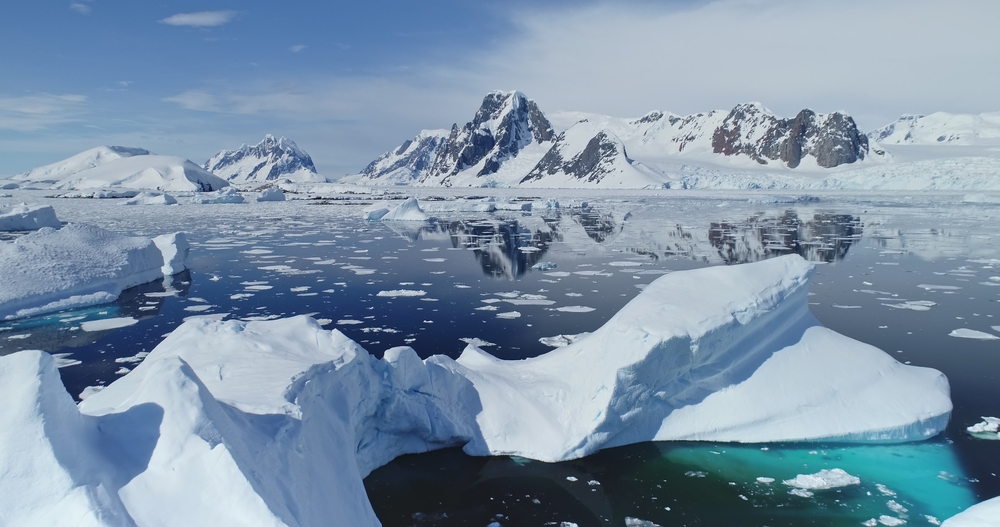The U.S. Antarctic Program supports scientific research and exploration in Antarctica. Through studies in climate science, glaciology, and astronomy, USAP helps to expand global understanding of the continent and its ecosystems. Every year people from various walks of life visit this unique location, including private market investment management firm associate Celestin Pepin, who visited the continent when he was just five years old.

What Is The U.S. Antarctic Program?
The U.S. Antarctic Program (USAP) is a program supporting scientific research and education in Antarctica. It is managed by the U.S. National Science Foundation (NSF), overseeing a research vessel and three year-round research stations. USAP collaborates with civilian contractors, federal agencies, and the U. S. military, offering operational and logistical support.
According to 1994 Presidential Decision Directive NSC 26 (United States Policy on the Arctic and Antarctic Regions), the four fundamental objectives for the U.S. policy in Antarctica are:
- Protecting the environment and ecosystems of the area
- Pursuing and preserving unique opportunities for scientific research to understand Antarctica and global physical and environmental systems
- Reserving Antarctica for peaceful purposes and maintaining it as an area of international cooperation
- Assuring the sustainable management and conservation of the living resources in the surrounding oceans
Research Operations in the Antarctic
Antarctica is one of the wildest, most remote places on Earth, and the unique nature of this environment makes it an exceptional place for scientific research, unmatched anywhere else in the world. The research programs cover various scientific disciplines, including earth sciences, providing information about the geology of Antarctica; organisms and ecosystems, supporting all types of biological research, from molecular to ecosystems; and glaciology, researching the history and dynamics of the Antarctic ice sheet and surrounding ice shelves.
Besides scientific programs, Antarctic research stations also offer space for programs aimed at artists and writers who work on projects that increase understanding and appreciation of the Antarctic, as well as opportunities for teachers from the United States to take part in hands-on field research in the form of the NSF-funded PolarTREC program (Teachers and Researchers Exploring and Collaborating).
Antarctic Conservation
Due to the unique and remote nature of Antarctica, conservation of this pristine environment is paramount. The Antarctic Treaty Consultative Parties have measures in place to protect the environment, and in turn, the United States has created regulations and laws to carry out these efforts. Anyone working with USAP must work within these rules, and USAP upholds a strong commitment to the Antarctic Conservation Act and the protection of Antarctic native animals, plants, and their habitats.

